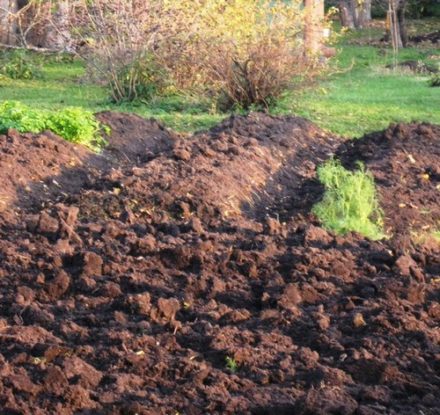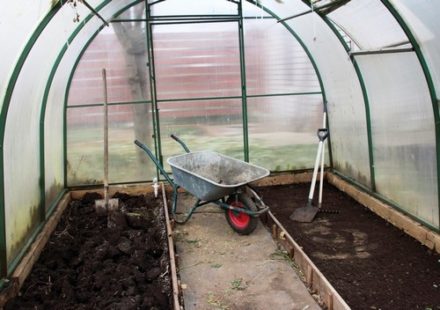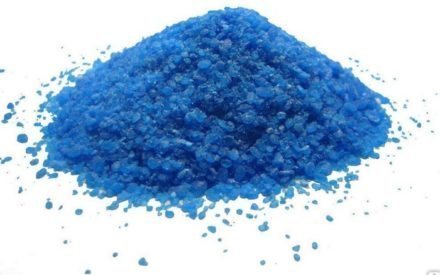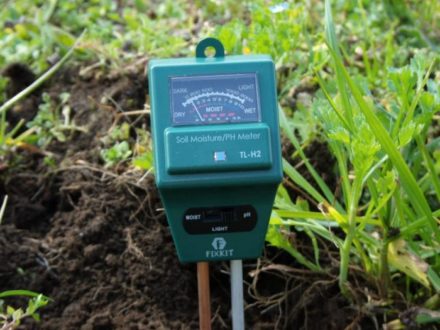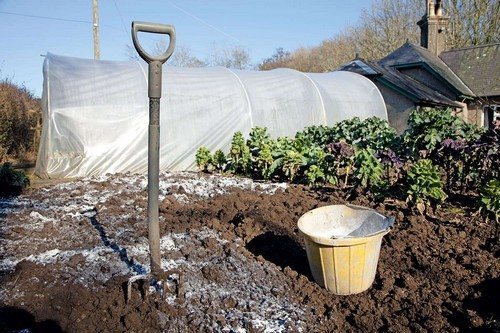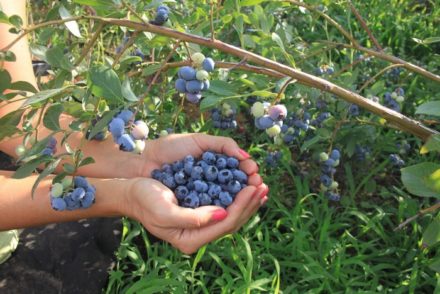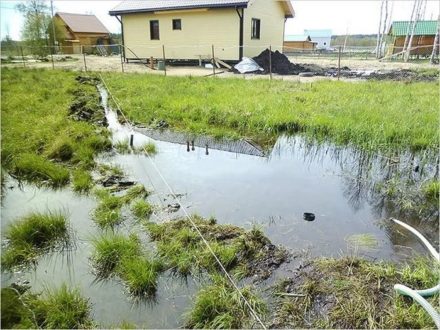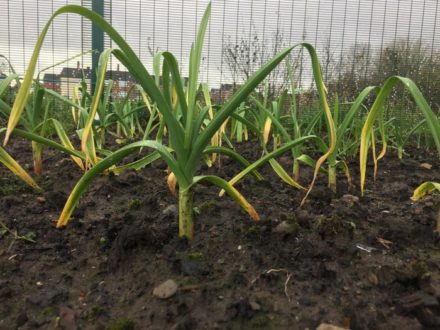After winter, the soil in the garden has to be cultivated to bring it into a state suitable for planting vegetable crops. Processing begins at the end of April or at the beginning of May, when the soil has completely thawed and warmed up. The soil should be slightly damp and warm to the touch. Another signal that the soil is ready for cultivation is the flowering of coltsfoot.
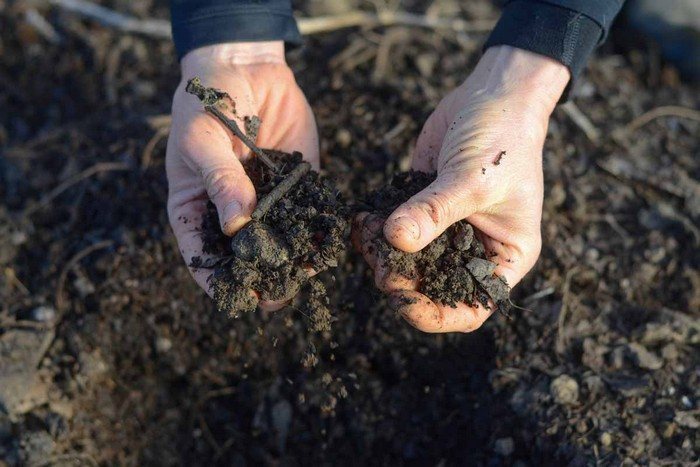
Why till the soil with steam?
The soil on the site requires periodic disinfection, which is done every 1–2 years in the spring. For this purpose, various measures are carried out, for example, using chemical or biological preparations, replacing the top layer of soil, and applying steam.
The thermal disinfection method is suitable for those who have the opportunity to purchase a steam generator for this purpose. This technology was first used back in 1888 by farmers from Germany.
The method allows you to destroy:
- rhizomes and weed seeds;
- harmful bacteria;
- pest larvae;
- fungal spores.
Exposure to steam is completely safe from an environmental point of view. Beneficial soil bacteria are restored within 10 days. The quality of seedlings planted in steamed soil does not suffer. Among Russian summer residents they have already begun to master this technology, which is used on a global scale.
Methods for using a steam generator
To treat the beds with steam, you will need a special steam generator.The development of domestic manufacturers “AGROPAR” will be cheaper than imported analogues. The operating principle of the equipment is based on the technology of generating low pressure steam with a temperature of 180–230 °C. "AGROPAR" will allow you to cultivate the soil in greenhouses and in open ground.
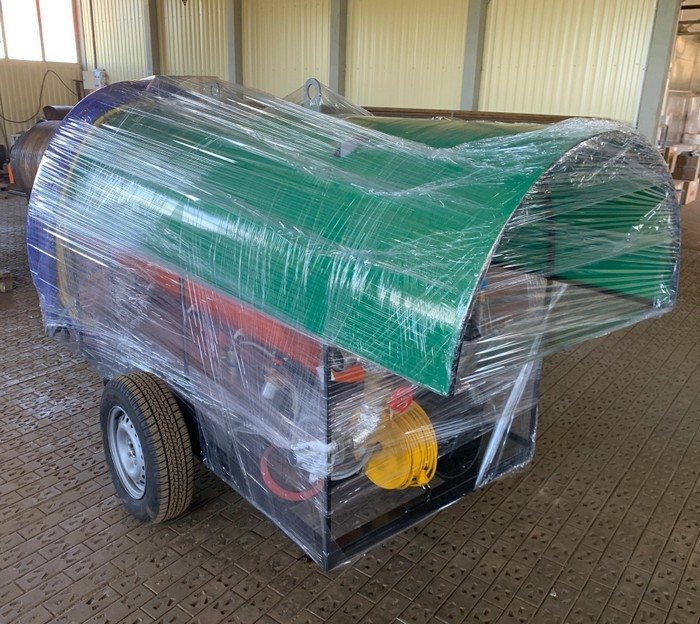
Those who do not have the opportunity or desire to purchase special equipment can do it the old fashioned way and simply pour boiling water on the ground. After heat treatment, the beds are covered with black film, which is removed before planting.
Tent method
This method has gained the most popularity. The beds are pre-covered with heat-resistant film, which is fixed around the perimeter. Then steam is injected under the created “tent”. Heat treatment time – 30 minutes. During this time, the soil warms up to a depth of 20–30 cm. As a result, all pest larvae and pathogenic microorganisms die.
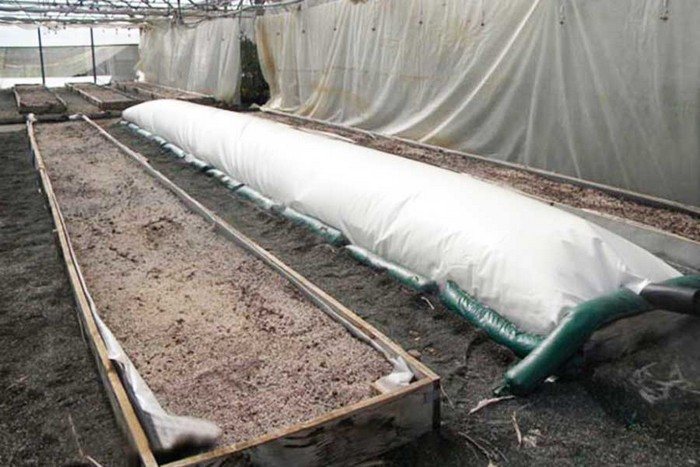
Use of aluminum or steel sheets
The method is similar to the first, with the difference that instead of film, sheets of metal are laid on the ground. Then steam is supplied under them. In half an hour, the soil will warm up to a depth of 25 cm to 90 °C, which is quite enough for complete disinfection.
Tips for steaming soil
Before steaming, the soil must be cleared of plant debris and dug up; the loose structure of the soil will facilitate steam access to the desired depth. Tips on how to carry out the procedure correctly:
- It is convenient to fix the heat-resistant film around the perimeter of the bed with iron chains; it is advisable to stretch a nylon mesh on top so that the film covering does not lift;
- Before cultivating the soil in the greenhouse, the internal surfaces of the structure are washed and disinfected, after steaming the soil with steam, the path is also treated;
- the soil infected with the root-knot nematode is steamed for 16-18 hours, after treatment the film is left in place for another 2 hours;
- more thorough steaming will be ensured by using perforated hoses laid in the soil to a depth of 30 cm.
If you use zeolite for the procedure, the time for its implementation will be reduced by 10 times. Granules are placed on the soil surface before steaming in a layer 10-12 cm thick. Zeolite accumulates heat, and then transfers it to the soil.
Some people may find the method of preparing the soil by steaming troublesome, but this technology is reliable and safe. The soil will be completely cleared of weeds, pest larvae, pathogenic microflora. Steaming of the soil is carried out in advance so that in the time remaining before planting the biological balance can be restored.


